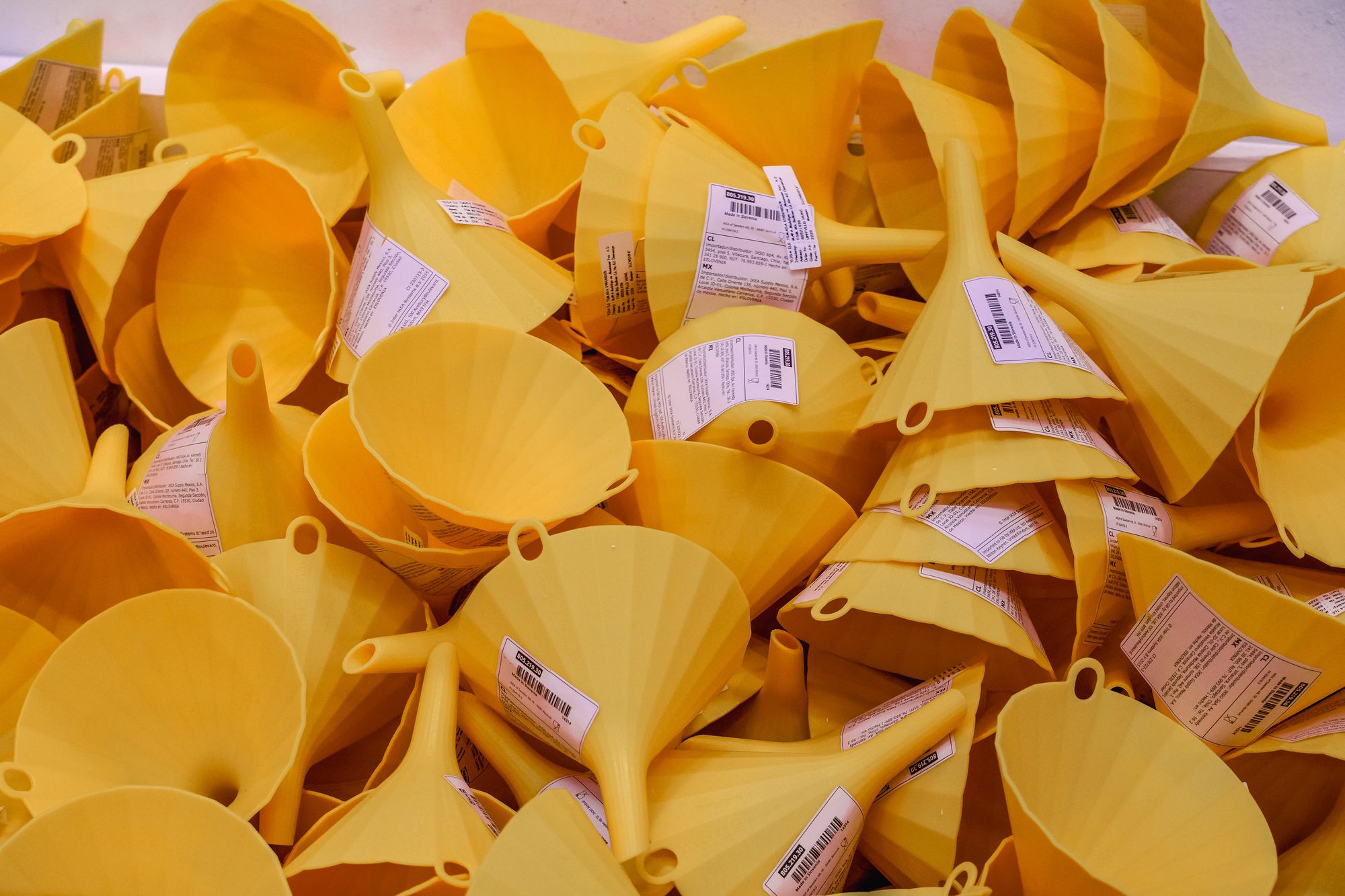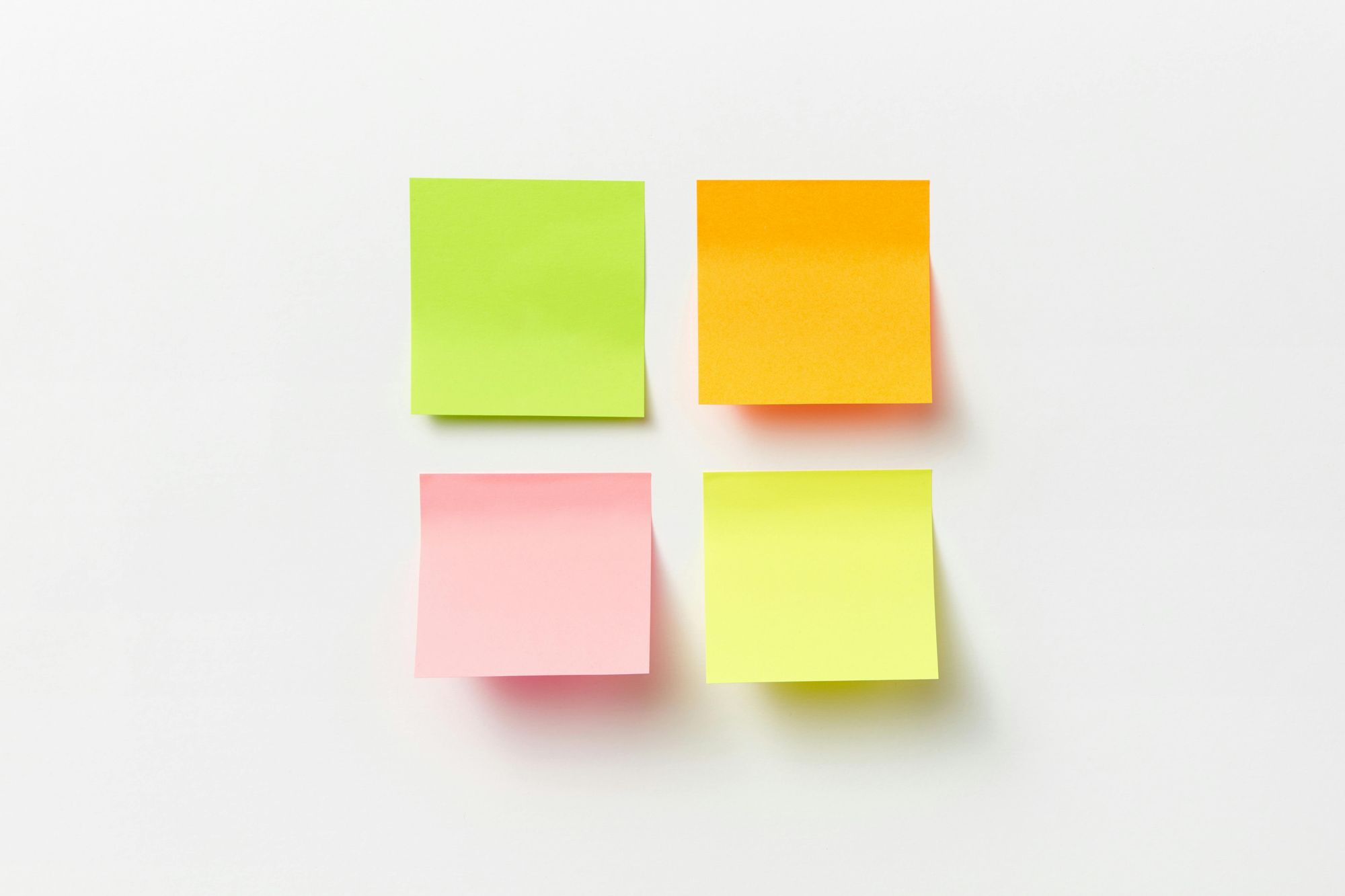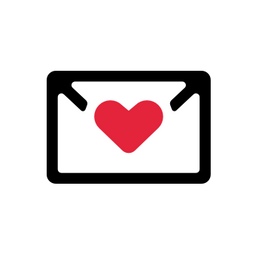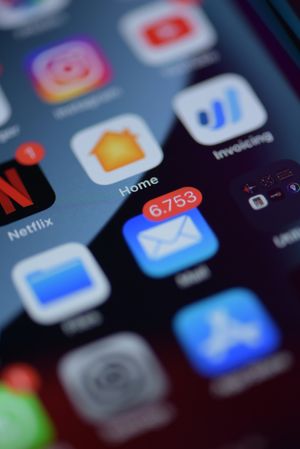Crafting a sales email sequence that stands out from the clutter is no easy task. You can’t just fire away and hope for the best. No – what you need is the secret ingredient: structure.
In this article, I’ll dive into the secrets of creating a high-converting sales email sequence. From the initial contact email to follow-ups and closing messages, I’ll guide you through the step-by-step process and battle-tested copywriting formulas.
(I’ll also give you a few great templates to adapt to your process!)
What’s the Secret Behind All the Best Sales Email Sequences?
The key to a successful sales email sequence is understanding the buyer's journey and tailoring your emails accordingly.
By mapping out the different stages of the buyer's journey - awareness, consideration and decision - you can create a sequence that guides your leads from one stage to the next, addressing their specific needs and concerns along the way.

But it's not just about sending a series of random emails. Each email in your sequence should have a clear purpose and call to action. Whether introducing your product or service, providing valuable information or asking for a meeting, every email should move your leads closer to making a purchase.
That’s why you should structure your sales email sequence strategically. Start with an attention-grabbing subject line, follow it up with an engaging opening email and gradually build momentum with persuasive body copy.
Finally, close with a strong call to action that leaves no room for ambiguity.
How to Map the Buyer's Journey to Your Sales Email Sequence
The first stage of the buyer's journey is awareness. At this stage, your leads are just becoming aware of their problem or need. Your goal is to grab their attention and make them realize that you have a solution to their problem.
In your initial contact email, highlight the pain points your leads are experiencing and how your product or service can help them overcome those challenges. Keep the email concise, personalized and to the point.
Love this example from Nutshell!
The next stage is consideration. Now that your leads are aware of their problem and your solution, they are evaluating different options. Your goal at this stage is to position your product or service as the best choice.
(This is especially powerful if you generate leads from your competitors or if they’ve used similar products in the past.)
In your follow-up emails, provide more detailed information about your offer, showcase customer testimonials or case studies and address any objections or concerns your leads may have. If you already know many of your customers struggled with specific objections (e.g., pricing or integrations), intercept them in your email.
Nice and formal from Liinea.
The final stage is the decision. Your leads have evaluated their options and are ready to make a purchase. Make the decision as easy as possible for them.
In your closing emails, provide clear instructions on how to proceed, offer incentives to encourage immediate action and emphasize the benefits of choosing your product or service.
Make it easy for your leads to take the next step and become paying customers!
Yesware is doing it right!
Every touchpoint has its specificities, but by mapping your sales email sequence to each decision-making milestone, you’ll increase your chances of marking more deals as won!

The Components of a Successful Sales Email Sequence
A successful sales email sequence consists of several vital components that work together to drive conversions:
1. The Famed Subject Line
Your subject line is the first thing your leads see when they receive your email, so it needs to grab their attention and pique their curiosity. Otherwise, it might be straight to the trash or the Promotions tab for you.
To craft a compelling subject line, try the following tactics:
- Use power words and phrases that evoke emotion and curiosity. Words like “exclusive,” “increase” and other magnet words create a sense of urgency while keeping you out of any spam filters.
- Personalize your subject lines whenever possible. Address your leads by name and mention things specific to their situation or interests. For example, mention the name of their boss or their recent LinkedIn update.
- Try different subject line formats. Pose a question, use numbers, create a sense of mystery or simply try emojis. A/B test them to find your winners!
- Keep your subject lines short – up to 50 characters. Short subject lines are more likely to be read in their entirety, so they have a higher chance of standing out in a crowded inbox.
2. The Opening Email’s Role in Your Sales Email Sequence
Your opening email (i.e., the first email in your sales email sequence) is your chance to make a great first impression and captivate your leads from the start.
By showing that you understand their world, you create a sense of trust and credibility. The more specific you are with this, the better. For example, you can build rapport based on participating in the same conferences, referencing your previous experience or doing in-depth research on their company.
Then, connect your product’s benefits to your lead’s pain points and goals, drawing a clear line that shows how everything leads to success if they decide to do business with you. Don’t just talk about features, though.
Instead, focus on (measurable) outcomes.
You can also use storytelling techniques like in the BASHO emails to engage your audience and create an emotional connection. You don’t have to become J.R.R. Tolkien, but you can use anecdotes, case studies and testimonials to demonstrate your track record.
In some cases, a good before-and-after scenario can significantly boost your conversions!
Finally, attention spans are short, especially in cold emails, so keep your opening email concise with short paragraphs and bullet points.
3. How to Personalize Your Entire Sales Email Sequence
Personalize everything.
Personalize your emails by addressing your leads by name, mentioning previous interactions or behaviors and segmenting your email list based on demographics or preferences. Then, customize your emails at scale with dynamic content or merge tags.
For example, you can customize your emails based on the lead's industry, location or buyer's journey stage. Every audience segment will get relevant and targeted information, so they’re more likely to convert because they trust that you know what you’re doing in their specific case.

Make sure you use a cold outreach automation tool. Not only will it help you segment your prospects, but it’ll also track and analyze data so you can constantly optimize your campaigns.
Depending on your stack, make sure you also have a trusty email finder and a data enrichment tool to keep your lead lists fresh.
Create different versions of your emails for each segment of your email list. Tailor the content, subject lines and CTAs to specific segments.
5. A/B Testing and Optimizing Your Sequence
The fifth component is A/B testing and optimization. A/B testing allows you to experiment with different elements of your sales email sequence to determine what works best for your audience.
Test different subject lines, email templates, CTAs and send times to see which combinations result in higher open rates, click-through rates and conversions.
Before you start testing, clearly define the goals you want to achieve. Do you want to increase your open rates or click-through rates? Do you need help with conversions? You can want to improve upon all these goals but start with the highest priorities.
After all, if your emails aren’t getting opened, they won’t get clicks or conversions.
Our Favorite Sales Email Sequence Examples
Cold Outreach Sales Email Sequence Template
Your first email is going to be all about personalization and demonstrating your track record in as few words as possible.
For example, this is an email we’d send to potential Findymail customers:
“Hey [Name],
Tired of getting email bounces just when you thought you’ve scored a hot lead in [Industry]?
Been there, done that. That’s why we built Findymail, which has helped companies like Closify and Niche Leads get 98% verified leads and keep their bounce rates below 2%.
It syncs with your whole stack, including Zoho CRM and Hubspot.
Interested in learning more?”
With the introduction made, I’m ready to double-down on why we’re truly one of the most accurate email finders in my second email:
“Hey [NAME],
Most outreach tools have an email finder finder just to have one. We’re not one of them.
Our proprietary algorithm – EmailDiscovery™️ – guarantees:
- Only 100% verified email addresses for your most promising prospects
- No email guessing
- <5% bounce rate
Plus, you can use it to scrape Sales Navigator leads or find LinkedIn leads’ email addresses as you browse!
Sounds like something you could use?
Let’s chat,”
Depending on your lead, you might make your third email a follow-up with a strong CTA or case studies, testimonials and social proof. Your mileage may vary, but in this sequence, I’ve used the words of Findymail customers:
“Hey [NAME],
Market leader: 1 email address.
Findymail: 62 verified email addresses.
[Link to testimonial]
If you’re ready to get rid of the email-finding headache, let’s chat. You can also try Findymail for free with 10 credits!
[Link]”
Depending on the other channels in your strategy, you could mix and match the sales sequence with additional phone calls, LinkedIn connection requests and more!
Warm Sales Email Sequence
If you’ve already spoken to the prospect, noticed their interest or otherwise engaged with them, you can start things off on a more positive note.
The first email can reference their specific area of interest, but you can also end with a stronger CTA to book a call, such as in the following example:
“Hey [Name],
Since you downloaded our whitepaper, I’m presuming increasing your email deliverability is on your radar for this quarter.
I know the struggle. All the tools in your stack aren’t good enough. That’s where Findymail integrates with them perfectly but uses a proprietary algorithm to give you 100% accurate email addresses with a <5% bounce rate.
Would you mind if I shared more information in my next email?”
It’s always polite to ask if they’d like to get more information. Still, you can also try sending them a case study regardless – especially if they’ve demonstrated interest by downloading a whitepaper, signing up for a webinar, etc.
The second email is making good on your promise:
“Hey [Name],
This is how [Company] increased their deliverability by X% with Findymail: [LINK]
Please let me know when you review the case study. I’d love to grab a virtual coffee and show you how Findymail would integrate with your tools and work for your company.”
Finally, the third email is a reminder to take action:
“Hey [Name],
Have you had the chance to look at the case study I shared? [LINK]
Let’s find a time to chat and resolve your deliverability problems.”
As with any sales email sequence, make sure you personalize the goals and reference the pain points.
Make the Offer More Salient with PAS Copywriting
If you’re ready to go hard or go home, it’s time to whip out the PAS playbook. The PAS copywriting formula relies on the three tenets:
- Pain
- Agitate
- Solve
The goal is to make the problem seem so difficult for the customer that they can’t wait for you to present a solution.
In a sales email sequence, this is what the first email – the “Pain” – would look like:
“Hey [Name],
Over the years, I’ve noticed sales experts like you often face what may look like a silly little issue – email deliverability.
But it’s a huge problem that can stunt your bottom line’s growth. Every undelivered email is a lost chance.
The good news is that I’ve been working on a solution. In my next email, I’ll explain why addressing email deliverability is crucial before it lowers your revenue targets.
In the meantime, if you’d like to chat, just reply “Yes” to this email.”
The second email is going to agitate the problem further:
“Hey [Name],
This email has found you well. But do your emails find your leads?
When your emails don’t find your leads, you’re in for a world of pain, including:
Missing out on potential leads and sales.
- Damaging your sender reputation.
- Wasted time and resources on ineffective campaigns.
Your team is doing everything they can. But are your tools?
It’s time to change things. In my next email, I’ll show you how you can increase your revenue by simply increasing your email deliverability.
If it’s already on your radar, let’s chat!”
Finally, the third email is going to present the final solution.
Mind you, chances are that the leads will contact you after the first or the second email if you’ve used PAS correctly. However, it’s good to remind them because inboxes get busy:
“Hey [Name],
Addressing email deliverability is crucial to your sales success. But, most outreach tools only have email finders and verifiers so they can add them to their list of features.
Findymail isn’t like them.
We’ve developed a proprietary algorithm because I got furious with the poor deliverability while using other tools. That’s why our emails are:
- 100% verified
- 5% or lower bounce rate
- More accurate than any others*
*This is what the data and our customers have to say about our accuracy: [LINK]
Plus, you can use Findymail to scrape your Sales Nav and Apollo leads.
What do you say? If increasing your email deliverability painlessly sounds good, reply to this email and I’ll send you a personalized video to walk you through integrating Findymail with your sales process.”
Make Your Leads an Offer They Can’t Refuse
Sales email sequences are the best way to nurture relationships with leads, prospects and even existing customers whose lifetime value you want to increase. They’re automated and work wonders for your conversions!
So remember: know your audience, map the buyer’s journey to the sequence and use a copywriting trick or two.
You’ll be converting prospects before you know it!
Before you hit 'send' on your new campaigns, make sure you're using accurate contact data for your prospects. Without it, even the best campaigns fall flat.
Try Findymail - 23% more valid emails than the other guys.







